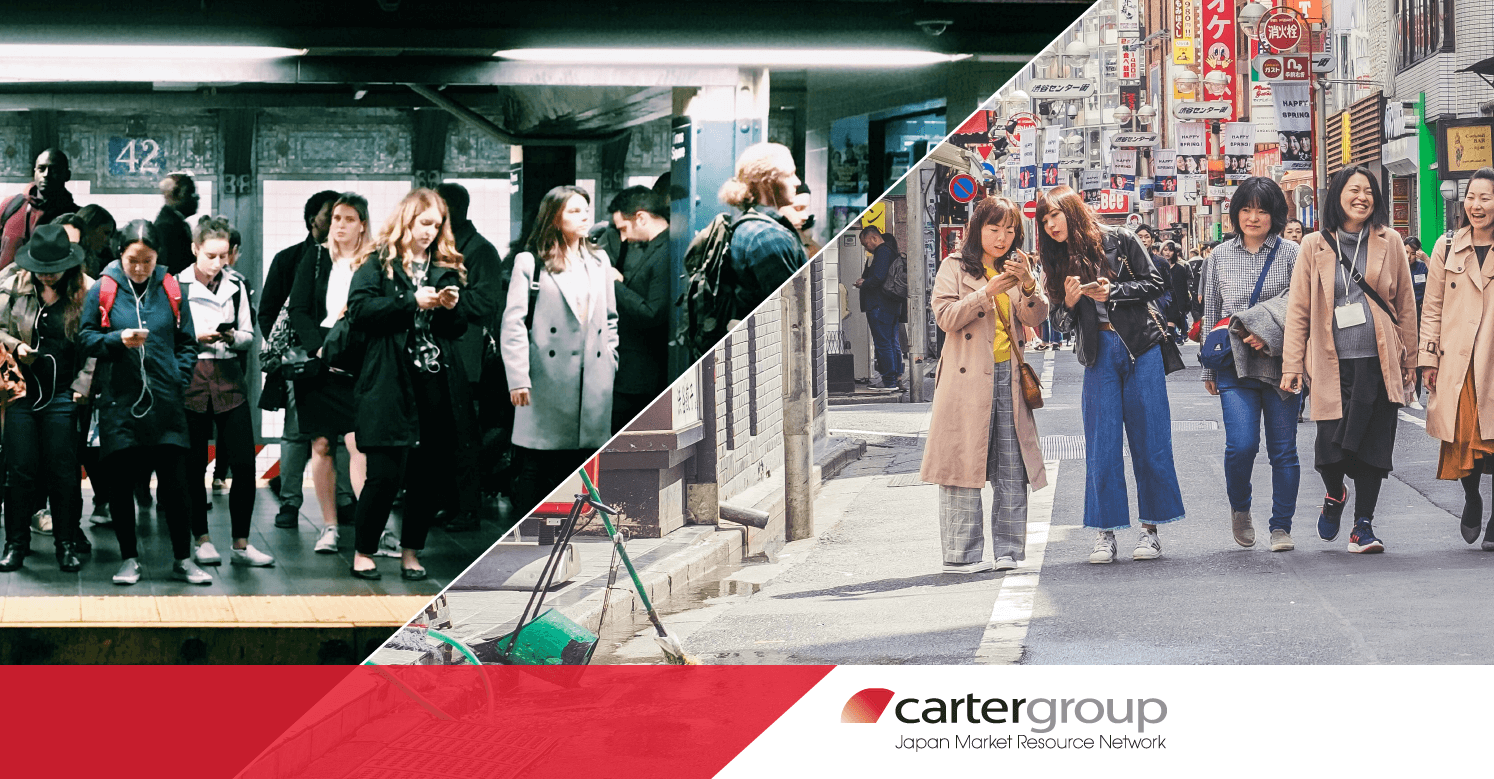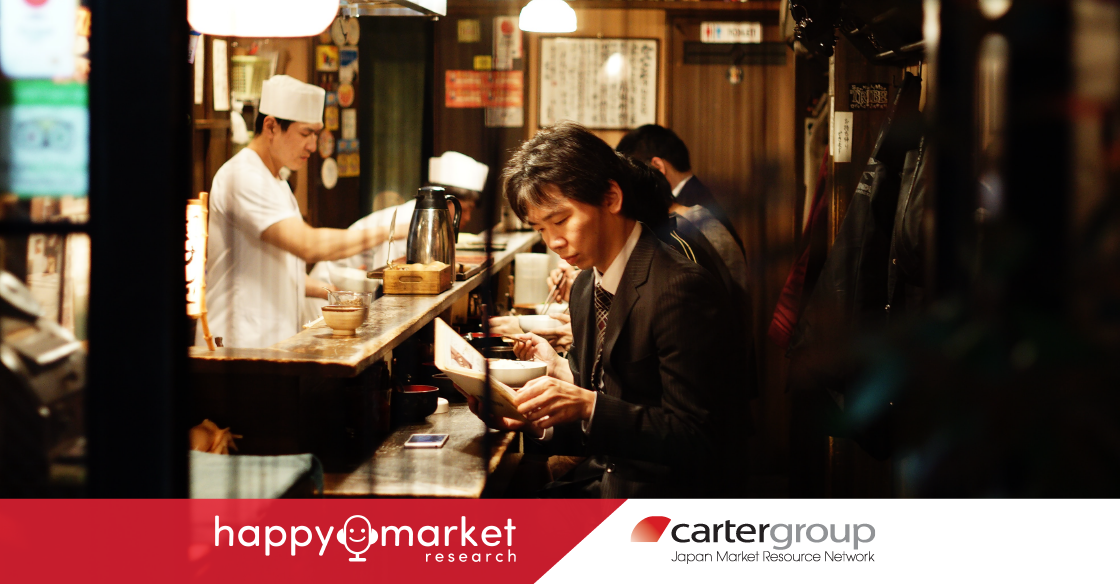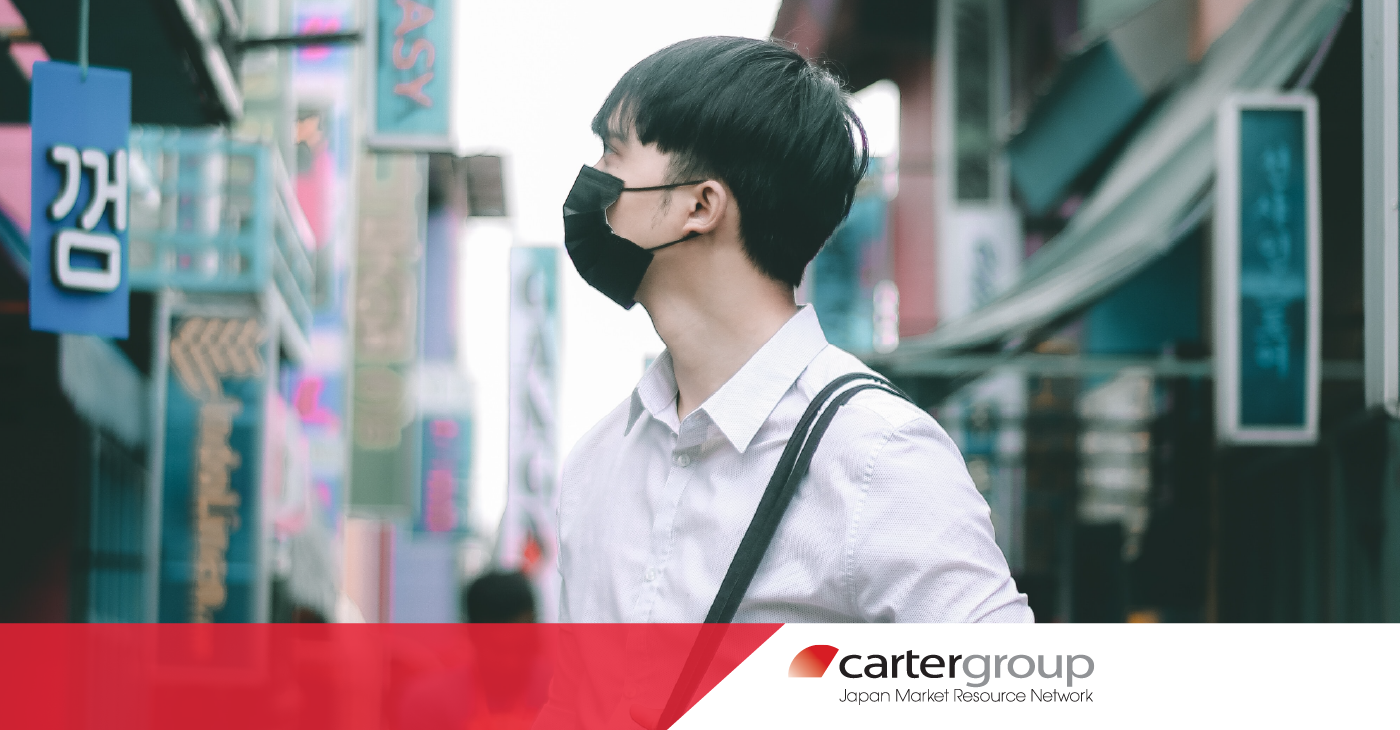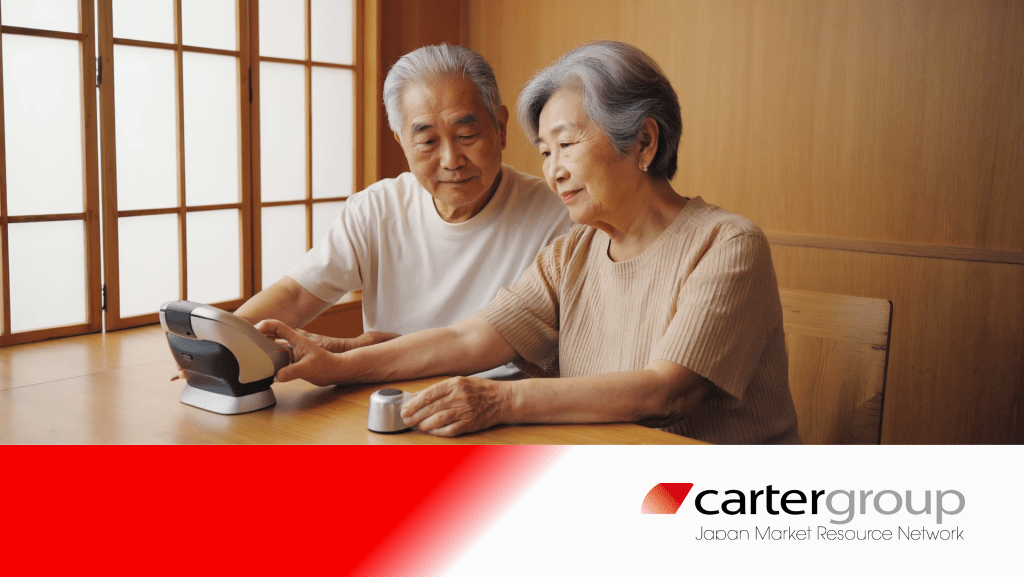How Empathy and Practicality Can Drive the Adoption of AgeTech Few problems are as globally relevant as the rapidly ageing population. According to the UN, the percentage of the world’s…
Unmasking Japan | The Official Blog of CarterJMRN
Carter Group Viewpoints
Gain perspectives directly from the experts at CarterJMRN with our Viewpoints section. Here, we share our thoughts on the latest trends, challenges, and opportunities in the Japanese market research industry, offering a blend of analytical depth and practical advice.

Consumer Insight Spotlight
Understanding consumer behavior is paramount to shaping successful marketing strategies in today's dynamic and interconnected world. We stand at the forefront of deciphering the complex landscape of the Japanese
In a sense, generative AI in market research is not doing anything that researchers weren’t doing already. They have always generated, collected, analyzed, and utilized data. What AI has
Brands wanting to grow and succeed in business should think about Japan, as it provides a special chance for expansion. We have learned from our experience that there are
It may be easy to think that the most relevant stakeholder in UX research is the end user. When it comes to creating the best customer experience strategy, they
Featured Blog
Latest Blog















